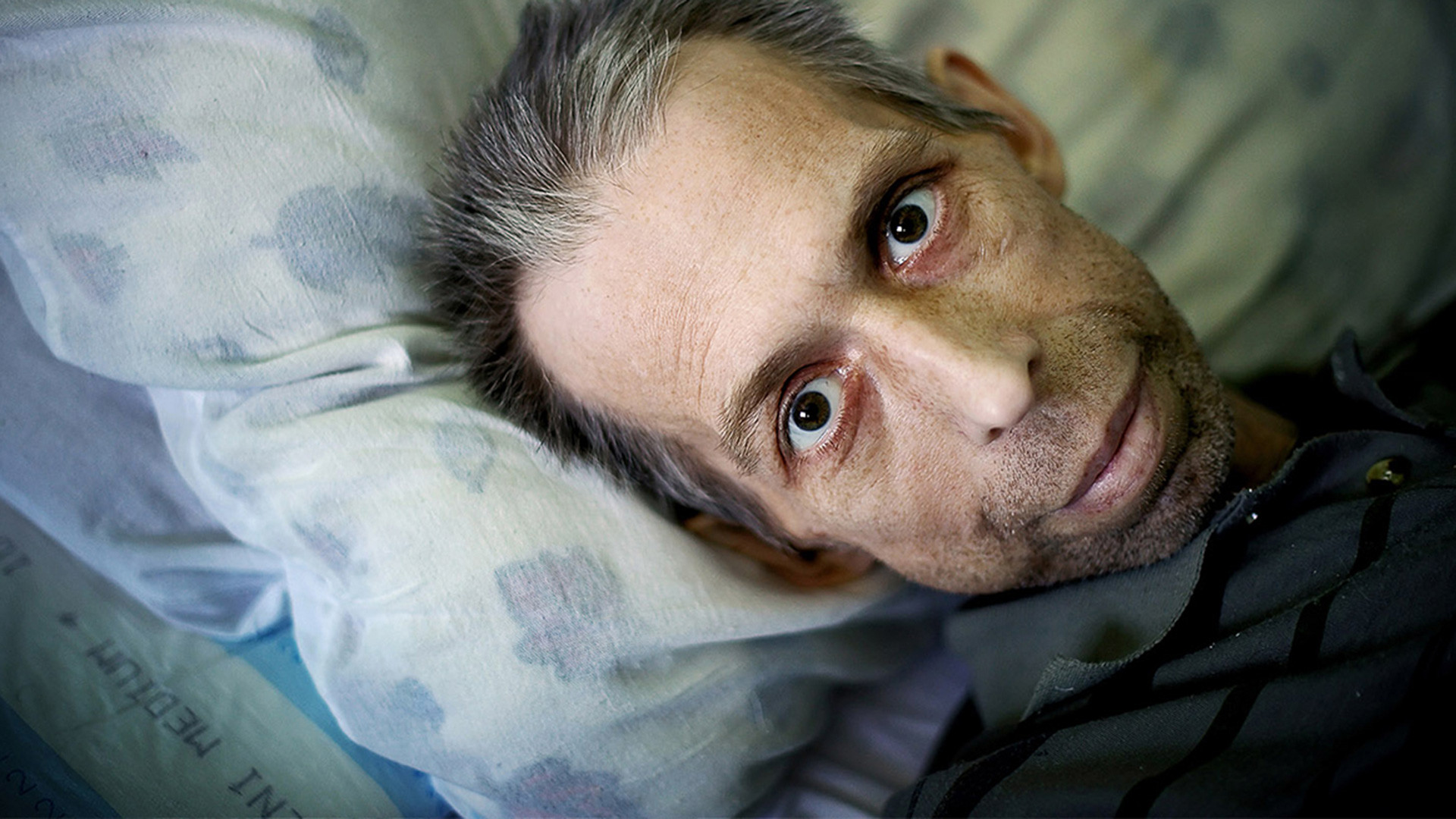

Elena Chernysheva, winner of the World Press Photo Contest, is the author of a documentary series shot in Norilsk between February 2012 and February 2013.
Elena Chernyshova
The lack of greenery, cold and snowy winters and poor environmental conditions compel locals to create gardens in their apartments.
Elena Chernyshova
The “Days of Night – Nights of Day” Norilsk photo series is about the daily life of the inhabitants of Norilsk (2,880 kilometers from Moscow), a mining city north of the Arctic Circle with a population of more than 170,000.
Elena Chernyshova
The city, its mines and metallurgical factories were constructed by prisoners of the Gulag labor camps.
Elena Chernyshova
MMC Norilsk Nickel is a Russian nickel and palladium mining and smelting enterprise. It is the main local employer. The factory has not updated its safety procedures since their construction. The workers breathe using a special hose
Elena Chernyshova
Norilsk is one of the most polluted cities on Earth. The company Norilsk Nickel owns three factories in the city. Now the company is working to solve ecological problems, but it is a fact that pulmonary, respiratory, cardiovascular and digestive diseases are widespread among local inhabitants.
Elena Chernyshova
Buildings in Norilsk are situated close to each other in order to prevent strong winds in the residential quarters of the city.
Elena Chernyshova
The majority of the buildings are built in permafrost zones and usually are constructed on piles in order to avoid a permafrost-thaw foundation failure.
Elena Chernyshova
“With 60 percent of the present population involved in the industry, this documentary aims to investigate human adaptation to extreme climate, ecological disaster and isolation,” says Chernysheva. The average annual temperature is -10 C, reaching lows of -55 C in winter when Norilsk is plunged into a dark polar night for two months. The living conditions of the people here are unique, making their situation incomparable.
Elena Chernyshova
Apartments here feature two windows, so the heat cannot escape. The sharp difference between the temperature inside and outside causes steam to condensate on the panes.
Elena ChernyshovaSubscribe
to our newsletter!
Get the week's best stories straight to your inbox